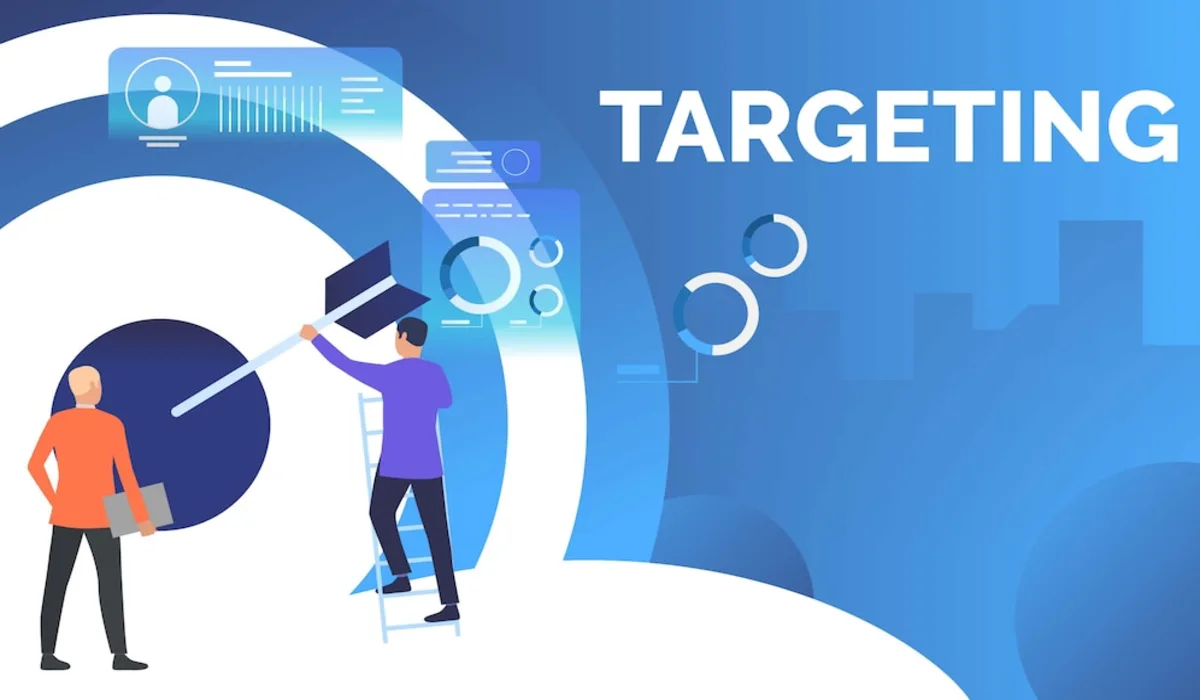
In today’s fast-paced digital world, personalization and behavioral targeting have become crucial elements for businesses seeking to increase customer engagement and maximize their return on investment (ROI). Whether it’s through tailored recommendations, dynamic ads, or personalized content, marketing that resonates with consumers on an individual level is proving to be a game-changer. However, like any strategy, personalization and behavioral targeting must be approached with careful consideration.
In this blog, we’ll explore the essential do’s and don’ts of personalization and behavioral targeting to help you create strategies that will boost engagement, drive conversions, and ultimately lead to better ROI.
Why is Personalization Important in Marketing?
Personalization allows businesses to deliver unique, relevant experiences to their customers. By understanding individual preferences, behaviors, and interactions, companies can craft tailored messages that speak directly to their audience. When done effectively, personalization helps create stronger connections between brands and customers, leading to higher engagement, greater customer loyalty, and improved sales.
However, it’s important to note that personalization requires careful planning and execution. To explore the full potential of personalization and behavioral targeting, consider learning more about the benefits of personalization and behavioral targeting.
What Are the 4 D’s of Personalization?
To fully understand the power of personalization, it helps to break it down into the 4 D’s:
- Data – Gathering data from customers, including their browsing behavior, purchasing history, and social media interactions, is crucial. This data forms the foundation of personalized experiences.
- Data Analytics – Once the data is collected, businesses need to analyze it to identify patterns and preferences. This allows brands to tailor their strategies effectively.
- Delivery – Delivering personalized content at the right time, in the right format, and on the right platform is key to ensuring your message resonates with customers.
- Dynamic – Personalization should be dynamic, evolving with customer behavior. Continuously updating your strategies based on real-time data ensures that the personalized experience remains relevant.
What is Targeting and Personalization?
Targeting and personalization go hand-in-hand. Targeting involves identifying a specific group of consumers to whom a message will be directed, while personalization involves tailoring that message to fit the preferences and behaviors of the individual within that group. Both tactics work together to increase the effectiveness of your marketing campaigns, leading to higher conversion rates and stronger ROI.
What Are the Negative Effects of Personalization in Direct Marketing?
While personalization can significantly enhance customer experience and marketing effectiveness, it’s not without its risks. One of the major concerns is the potential for over-targeting or “creepy” personalization, where customers feel like their privacy is being invaded. Another negative effect can be ad fatigue, where consumers grow tired of seeing the same personalized ads repeatedly. Additionally, relying too heavily on personalization may result in algorithmic bias, where certain customer segments are unfairly excluded from your campaigns.
For more insights into these challenges, explore our article on personalization and behavioral targeting in e-commerce advertising.
3 Do’s of Behavioral Targeting
To ensure successful implementation of behavioral targeting, here are three essential do’s:
- Do Use Data Effectively – Collect and analyze customer data to understand their interests, behaviors, and interactions. This will help you craft personalized experiences that feel relevant and timely.
- Do Test and Optimize – Continuously test your behavioral targeting strategies to see what works best for your audience. Make sure to tweak and optimize campaigns based on real-time feedback and data.
- Do Respect Privacy – Always respect customer privacy and comply with data protection regulations. Being transparent about data usage and giving consumers control over their information helps build trust.
3 Don’ts of Behavioral Targeting
While behavioral targeting can be a powerful tool, there are some key don’ts to keep in mind:
- Don’t Overwhelm Consumers – Avoid bombarding users with excessive personalized ads. This can lead to ad fatigue and potentially damage your brand’s reputation.
- Don’t Ignore Customer Feedback – Behavioral targeting should be dynamic and responsive. If a customer shows disinterest in a particular offer, don’t continue to target them with similar messages.
- Don’t Forget About Context – The context in which a consumer interacts with your ad matters. Be mindful of how and where you deliver personalized content to avoid irrelevant or misplaced messaging.
3 Effective Behavioral Targeting Examples
To give you a better idea of how behavioral targeting works in action, here are three effective examples:
- Netflix: Netflix uses behavioral targeting to personalize movie and TV show recommendations based on what users have watched previously. Their algorithm suggests content that aligns with individual viewing habits, keeping users engaged and satisfied.
- Amazon: Amazon takes personalization to the next level by recommending products based on past purchases, browsing history, and even items frequently viewed by similar customers. This drives additional sales and increases the likelihood of repeat customers.
- Spotify: Spotify leverages behavioral targeting by curating personalized playlists for users based on their listening habits. They also send notifications for new music releases from favored artists, which helps keep users coming back.
Final Thoughts
Personalization and behavioral targeting are powerful tools that can drastically improve customer engagement, retention, and ultimately, ROI. By following the do’s and don’ts outlined in this blog, you can build smarter marketing strategies that resonate with your audience, deliver relevant content, and drive conversions.
As technology continues to evolve, the trends in personalization and behavioral targeting are constantly changing. For more insights into the latest trends, be sure to check out our guide on personalization and behavioral targeting trends.
By utilizing the right strategies and balancing personalization with user privacy and preferences, businesses can unlock the full potential of targeted marketing to enhance customer relationships and achieve greater success.
EvenDigit
EvenDigit is an award-winning Digital Marketing agency, a brand owned by Softude (formerly Systematix Infotech) – A CMMI Level 5 Company. Softude creates leading-edge digital transformation solutions to help domain-leading businesses and innovative startups deliver to excel.
We are a team of 70+ enthusiastic millennials who are experienced, result-driven, and hard-wired digital marketers, and that collectively makes us EvenDigit. Read More




